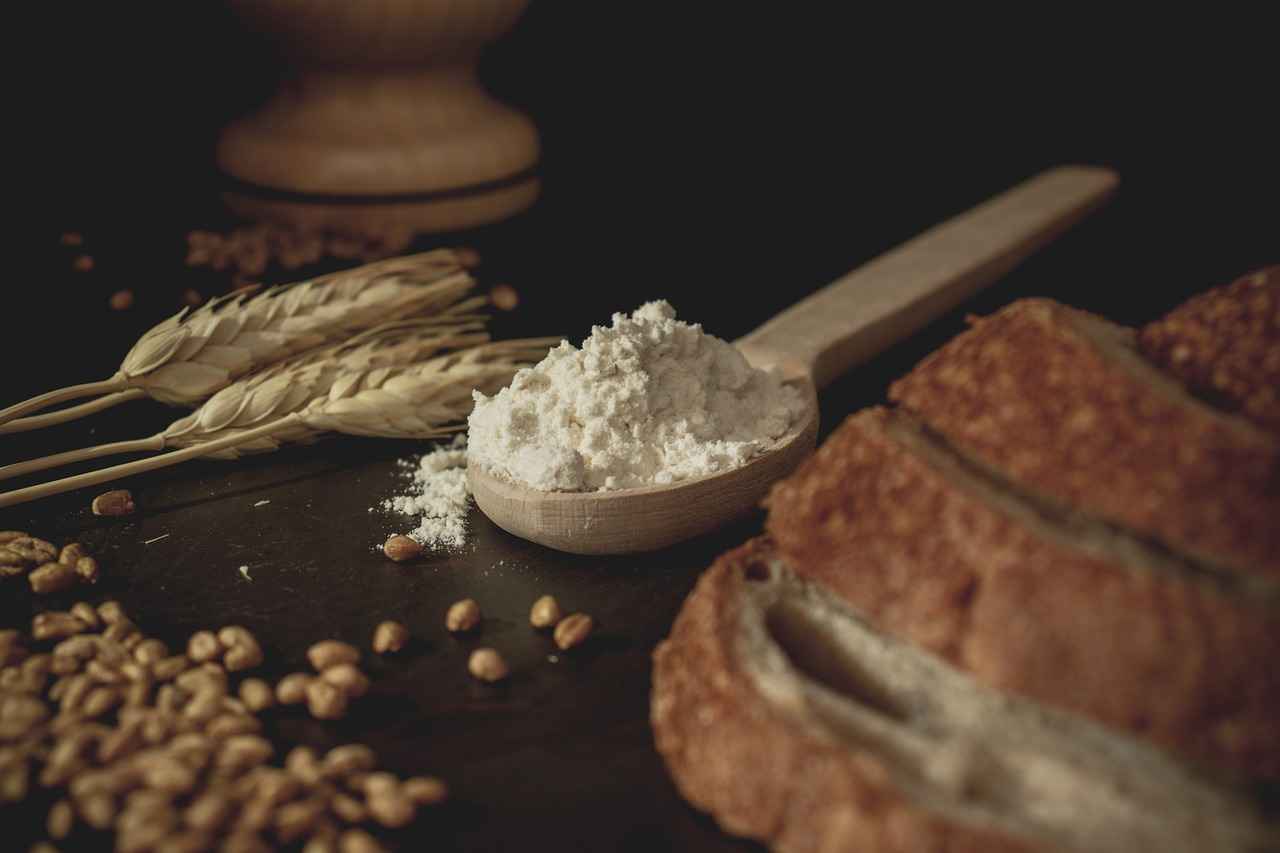This article serves as a comprehensive guide for beginners eager to delve into the world of cooking with Kenba. It outlines the ingredient’s benefits, preparation methods, and a selection of mouth-watering recipes to try.
What is Kenba? Understanding This Unique Ingredient
Kenba is a versatile ingredient that has been embraced by various culinary traditions. Originating from specific regions, it offers a unique flavor profile that can enhance numerous dishes. Understanding Kenba’s origins and its characteristics will not only make you appreciate it more but will also inspire your creativity in the kitchen.
Health Benefits of Cooking with Kenba
Incorporating Kenba into your diet provides a wealth of health benefits. It is rich in essential nutrients, including vitamins and minerals that contribute to a balanced diet. Regular consumption of Kenba can help improve digestion, boost immunity, and promote overall well-being. By understanding its nutritional profile, you can make informed choices that align with your health goals.
How to Prepare Kenba for Cooking
Proper preparation is key to maximizing the flavor and texture of Kenba. Start by washing it thoroughly to remove any impurities. Depending on your recipe, you can slice, dice, or chop Kenba into your desired shapes. Marinating it with spices and herbs can further enhance its taste before cooking.
Popular Cooking Methods for Kenba
There are several effective methods for cooking Kenba, including:
- Steaming: This method preserves nutrients and enhances the natural flavor.
- Sautéing: Quickly cooking Kenba in a small amount of oil allows it to retain its crunch.
- Grilling: Adds a smoky flavor and charred texture that can elevate your dish.
Delicious Kenba Recipes to Try at Home
Experimenting with new recipes is a fantastic way to explore Kenba. Consider trying:
- Kenba Stir-Fry with seasonal vegetables
- Kenba Salad with a tangy dressing
- Grilled Kenba Skewers marinated in spices
Pairing Kenba with Other Ingredients
To elevate your Kenba dishes, consider pairing it with complementary ingredients such as:
- Garlic and ginger: These aromatics enhance the overall flavor.
- Citrus fruits: Adding a splash of lemon or lime can brighten the dish.
- Herbs: Fresh herbs like cilantro or parsley can add freshness and depth.
Common Mistakes to Avoid When Cooking with Kenba
Even seasoned cooks can stumble when using a new ingredient. Avoid common pitfalls such as:
- Overcooking, which can result in a mushy texture.
- Neglecting to season adequately, leading to bland dishes.
- Using incompatible cooking methods that do not suit Kenba’s characteristics.
Storing Kenba: Tips for Freshness
Proper storage is essential to maintain the freshness of Kenba. Store it in a cool, dry place, ideally in an airtight container. If you have leftover Kenba, refrigerate it to prolong its shelf life. Always check for signs of spoilage before use.
Kenba in Global Cuisines
Kenba is celebrated in various culinary traditions worldwide. From Asian stir-fries to Mediterranean salads, its adaptability makes it a favorite among chefs. Understanding how Kenba is used in different cuisines can inspire you to incorporate it into your own cooking.
Seasonal Cooking with Kenba
Utilizing seasonal ingredients can significantly enhance the taste of your dishes. In spring, consider pairing Kenba with fresh greens, while in winter, hearty root vegetables complement its flavor beautifully. Embracing seasonal cooking can lead to more vibrant and flavorful meals.
Exploring Vegetarian and Vegan Options with Kenba
Kenba is an excellent choice for vegetarian and vegan dishes. Its unique texture and flavor can be the star of plant-based meals. Try incorporating it into veggie burgers, soups, or grain bowls for a nutritious and satisfying dish.
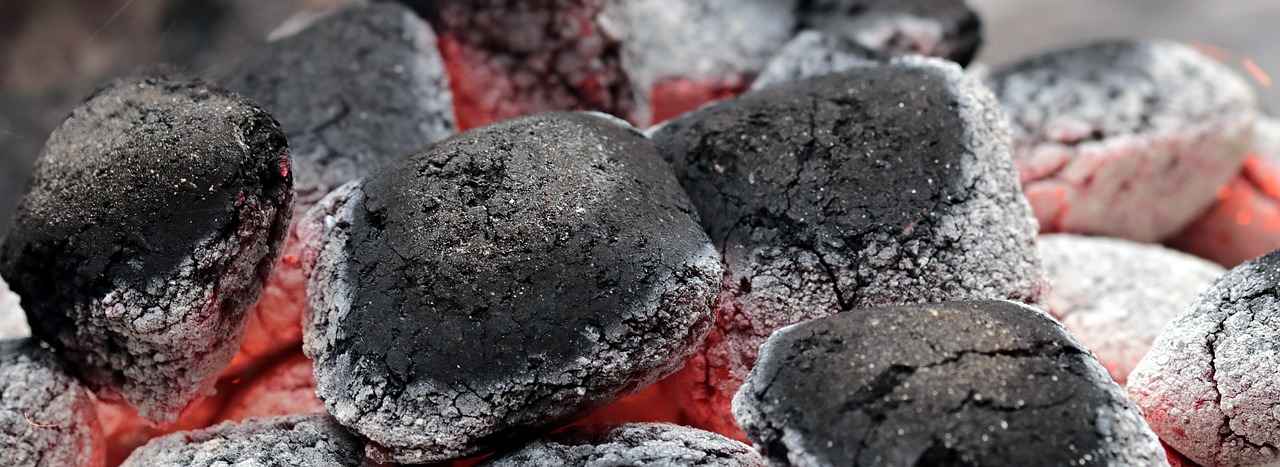
What is Kenba? Understanding This Unique Ingredient
Kenba is a remarkable ingredient that has recently gained traction in culinary circles for its versatility and unique flavor profile. Originating from specific regions known for their rich agricultural traditions, Kenba is often celebrated for its ability to complement a wide range of dishes. Its texture and taste can vary significantly based on its preparation and the accompanying ingredients, making it a favorite among both home cooks and professional chefs.
Traditionally, Kenba has been used in various cuisines, showcasing its adaptability. From savory stews to refreshing salads, this ingredient can enhance the overall dining experience. Its nutritional benefits also contribute to its rising popularity, as it is often packed with essential vitamins and minerals that support a healthy diet.
One of the key characteristics of Kenba is its ability to absorb flavors. This means it can be marinated, sautéed, or grilled without losing its integrity, allowing it to take on the essence of the spices and herbs it’s paired with. Whether you’re looking to create a hearty meal or a light appetizer, Kenba can serve as the perfect base or complement to your dish.
In terms of preparation, Kenba can be found in various forms, including fresh, dried, or processed. Each form offers different culinary possibilities. For instance, fresh Kenba can add a burst of flavor to salads, while dried Kenba can be used in soups and stews, releasing its flavor gradually as it cooks.
Furthermore, Kenba is increasingly being recognized for its role in global cuisines. From Asian dishes to Mediterranean fare, it has been embraced for its unique taste and adaptability. Chefs around the world are experimenting with Kenba, incorporating it into traditional recipes and creating new dishes that highlight its distinctive qualities.
In summary, understanding Kenba’s origins and characteristics not only enriches your cooking experience but also opens up a world of culinary possibilities. As you explore this unique ingredient, you will find that it can inspire creativity in the kitchen, encouraging you to experiment with flavors and techniques that you may not have considered before.
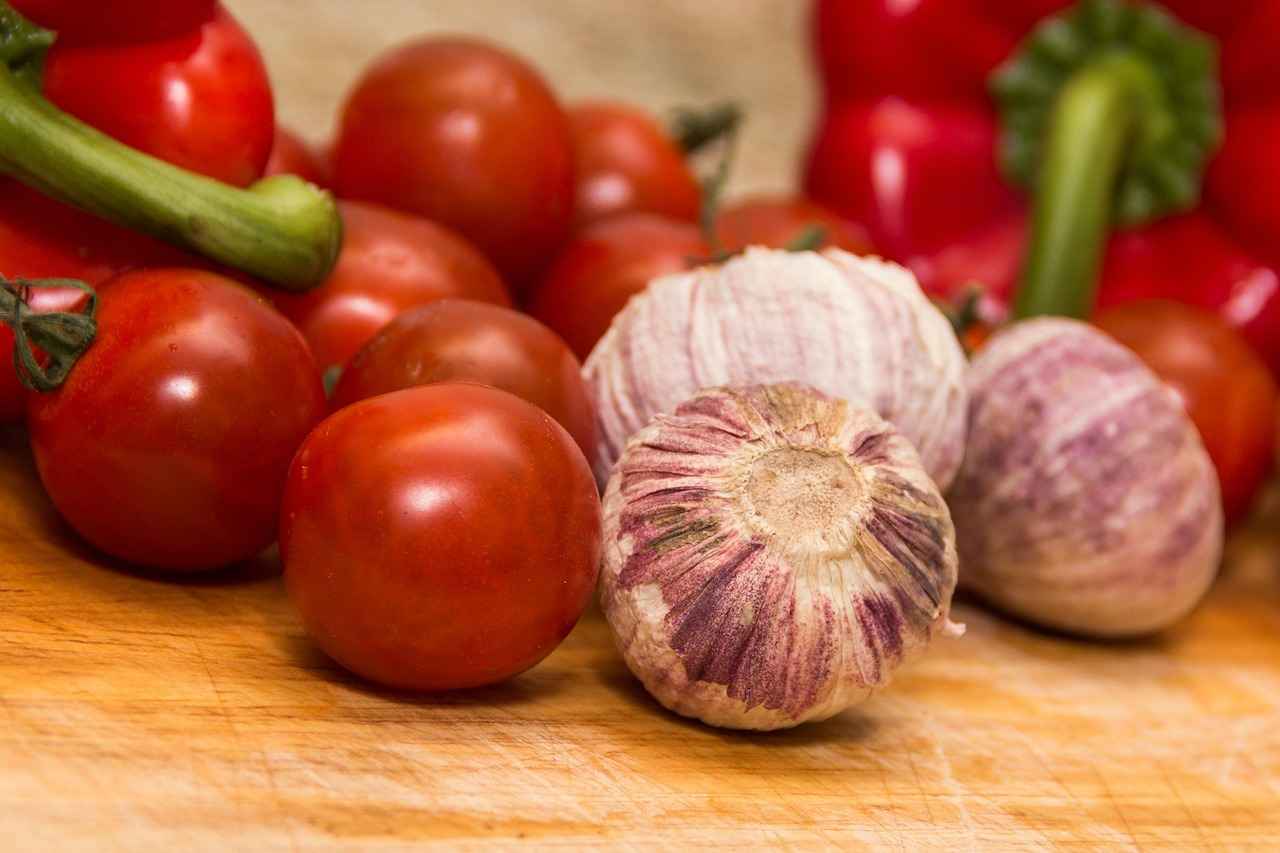
Health Benefits of Cooking with Kenba
Incorporating Kenba into your diet offers numerous health benefits. This unique ingredient is not only versatile but also rich in essential nutrients that can significantly enhance your overall well-being. Understanding its nutritional profile and how it contributes to a balanced diet is crucial for anyone looking to improve their health through dietary choices.
Kenba is packed with vital vitamins and minerals that are essential for maintaining good health. For instance, it contains a high amount of fiber, which aids in digestion and helps regulate blood sugar levels. This makes it an excellent choice for those looking to manage their weight or improve their digestive health. Additionally, the fiber content can help lower cholesterol levels, contributing to a healthier heart.
Moreover, Kenba is a rich source of antioxidants, which play a significant role in combating oxidative stress in the body. Antioxidants are known to help reduce the risk of chronic diseases such as heart disease and cancer. By including Kenba in your meals, you can boost your intake of these protective compounds, promoting long-term health.
Another noteworthy aspect of Kenba is its protein content. For individuals following a vegetarian or vegan diet, Kenba serves as a fantastic source of plant-based protein. Protein is essential for muscle repair and growth, making it a crucial component of any balanced diet. Incorporating Kenba can help ensure that you meet your protein needs without relying solely on animal products.
Furthermore, Kenba is low in calories, making it an ideal ingredient for those looking to maintain or lose weight. Its low-calorie nature, combined with its high fiber content, means that it can help you feel full longer, reducing the likelihood of overeating. This characteristic makes it a great addition to meals and snacks alike.
In addition to its physical health benefits, consuming Kenba can also have positive effects on mental well-being. Foods rich in nutrients can influence mood and cognitive function. By including Kenba in your diet, you may experience improved focus and a boost in overall mood, thanks to its nutrient density.
In summary, incorporating Kenba into your meals can provide a multitude of health benefits, including improved digestion, enhanced heart health, increased protein intake, and better mental well-being. Its versatility allows it to be used in a variety of dishes, making it easy to enjoy these benefits. Whether you are looking to improve your overall health or simply want to add a nutritious ingredient to your meals, Kenba is an excellent choice.

How to Prepare Kenba for Cooking
Proper preparation of Kenba is crucial for maximizing its flavor and texture. This unique ingredient, often overlooked, has the potential to elevate your dishes significantly when prepared correctly. Here are essential steps to ensure your Kenba is ready for cooking, allowing you to enjoy its full taste and benefits.
- Selecting Fresh Kenba: Always start with fresh Kenba. Look for vibrant, firm pieces without blemishes. Freshness directly impacts the flavor and texture of the final dish.
- Cleaning Kenba: Rinse the Kenba under cold water to remove any dirt or impurities. Gently scrub the surface with your fingers to ensure it is clean. This step is vital as it helps in achieving a crisp texture.
- Peeling and Trimming: Depending on the variety of Kenba, you may need to peel it. Use a sharp knife or a vegetable peeler to remove the outer skin. Trim any tough ends or damaged parts to enhance the overall presentation and taste.
- Cutting Techniques: Cut the Kenba into uniform pieces to ensure even cooking. Depending on your recipe, you might want thin slices for stir-frying or larger chunks for roasting. Consistency in size helps in achieving the desired texture.
- Marinating for Flavor: Consider marinating the Kenba before cooking. A simple marinade of olive oil, lemon juice, and herbs can enhance its natural flavors. Allow it to sit for at least 30 minutes to absorb the marinade deeply.
- Cooking Preparations: Before cooking, ensure all your ingredients are prepped and ready. This includes any accompanying vegetables, spices, or sauces. Having everything on hand makes the cooking process smoother and more efficient.
By following these steps, you can maximize the deliciousness of Kenba in your dishes. Remember, the key to unlocking its full potential lies in the preparation. Experiment with different methods and flavors to find what works best for you. Happy cooking!
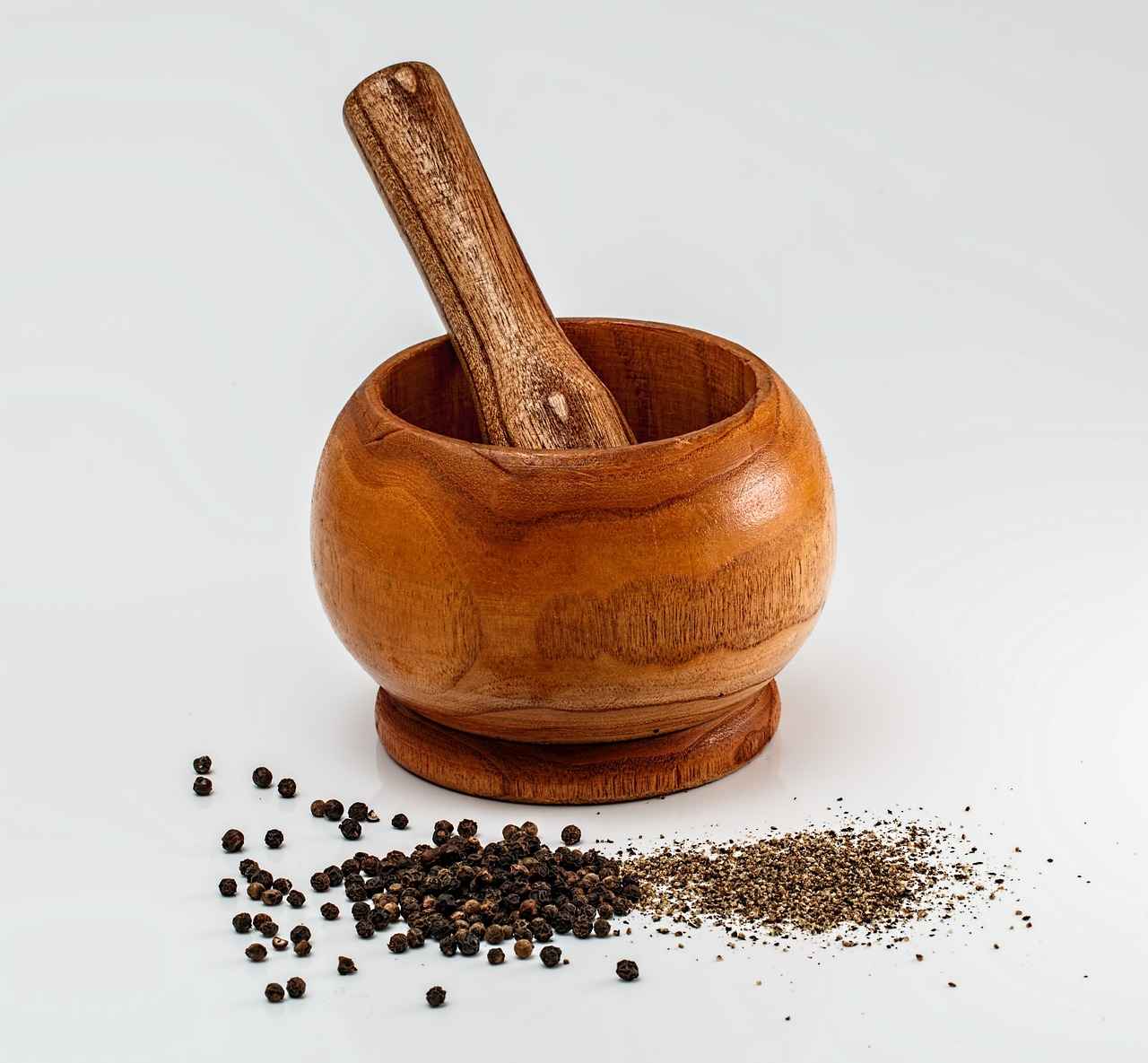
Popular Cooking Methods for Kenba
Cooking with Kenba opens up a world of flavors and textures, making it a delightful ingredient to experiment with in your kitchen. Different cooking methods can significantly alter the taste and presentation of Kenba, enhancing its natural qualities. Below, we explore three popular methods: steaming, sautéing, and grilling, along with their benefits and tips for best results.
- Steaming Kenba: Steaming is a gentle cooking method that preserves the nutrients and natural flavors of Kenba. This technique is particularly effective for maintaining the ingredient’s moisture, resulting in a tender and succulent dish. To steam Kenba, simply place it in a steamer basket over boiling water, cover, and cook for about 5-7 minutes, or until tender. You can enhance the flavor by adding herbs or spices to the water.
- Sautéing Kenba: Sautéing is a quick and versatile method that allows for a variety of flavor profiles. By cooking Kenba in a hot pan with a small amount of oil, you can achieve a deliciously caramelized exterior while keeping the inside tender. For best results, heat the oil until shimmering, then add Kenba and cook for 3-5 minutes, stirring frequently. Consider adding garlic, onions, or your favorite spices during the cooking process to elevate the dish.
- Grilling Kenba: Grilling imparts a smoky flavor and appealing char marks to Kenba, making it a favorite for outdoor cooking. To grill Kenba, preheat your grill to medium-high heat. Brush the Kenba with olive oil and season with salt and pepper. Place it on the grill and cook for approximately 4-6 minutes on each side, depending on thickness. This method not only enhances the flavor but also adds a delightful texture that pairs well with various sauces and sides.
Each of these methods offers unique benefits and can be tailored to suit your personal taste preferences. Experimenting with different techniques allows you to discover the best way to enjoy Kenba in your meals. Whether you prefer the lightness of steaming, the quick flavor infusion from sautéing, or the robust taste from grilling, Kenba can shine in any preparation.
Incorporating these cooking methods into your culinary repertoire will not only enhance your dishes but also encourage creativity in the kitchen. Don’t hesitate to mix and match flavors and ingredients to find your perfect combination!
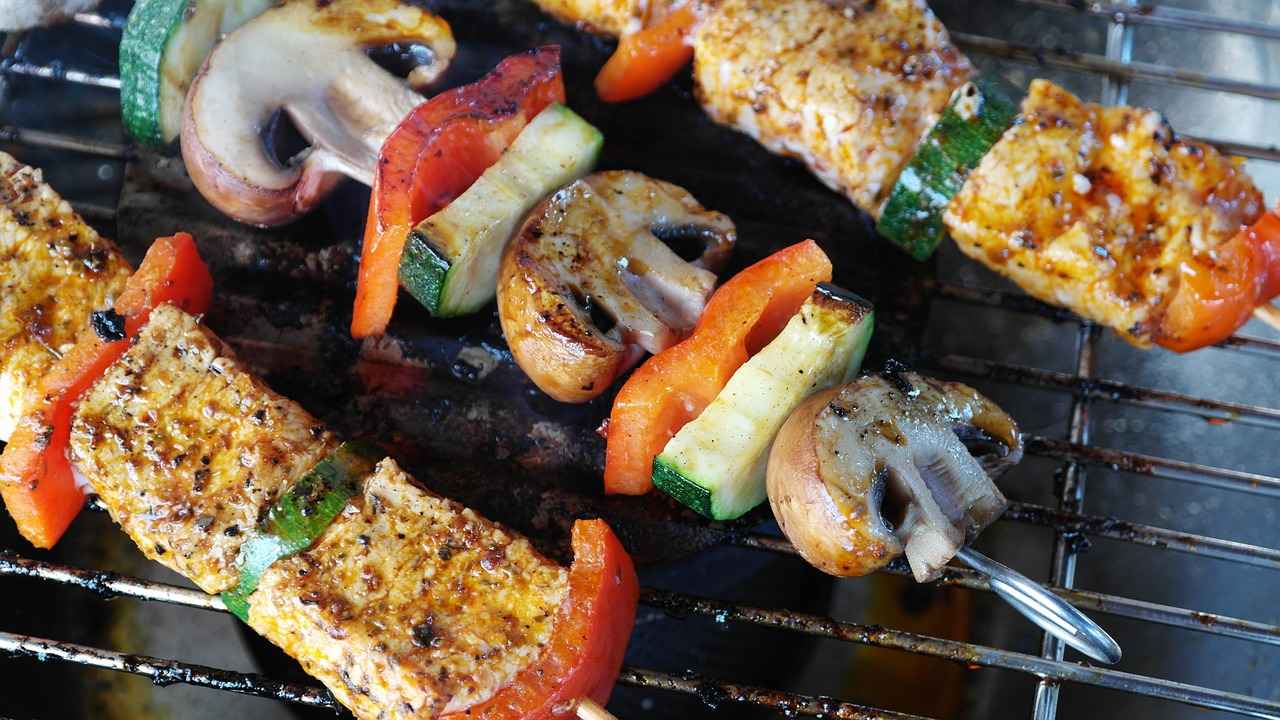
Delicious Kenba Recipes to Try at Home
Exploring new culinary horizons can be an exhilarating adventure, especially when it involves a unique ingredient like Kenba. This section is dedicated to presenting a variety of delicious recipes that not only highlight the distinctive qualities of Kenba but also inspire creativity in your kitchen. Whether you are a seasoned cook or a novice, you will find that trying out these recipes can enhance your culinary skills and broaden your palate.
Kenba’s versatility makes it an ideal ingredient for a wide range of dishes. Here are some exciting recipes that showcase its unique flavor:
- Kenba Stir-Fry:
This quick and easy dish combines Kenba with colorful vegetables such as bell peppers, broccoli, and snap peas. Simply sauté the vegetables in a hot pan with a splash of soy sauce and garlic, then add sliced Kenba for a delightful crunch.
- Kenba Salad:
For a refreshing option, try a Kenba salad. Toss together fresh greens, cherry tomatoes, cucumber, and avocado. Add cubed Kenba and a light vinaigrette for a healthy and satisfying meal.
- Grilled Kenba Skewers:
Marinate Kenba in olive oil, lemon juice, and your favorite herbs for a few hours. Thread onto skewers with zucchini and bell peppers, then grill until tender. This dish is perfect for summer barbecues!
- Kenba Soup:
Warm up with a comforting Kenba soup. Sauté onions and garlic, then add vegetable broth, diced tomatoes, and Kenba. Simmer until the flavors meld together, and finish with fresh herbs for a nourishing bowl of goodness.
- Kenba Tacos:
For a fun twist on taco night, use Kenba as the main filling. Sauté with spices, then serve in warm tortillas topped with avocado, salsa, and cilantro for a burst of flavor.
These recipes not only highlight the unique characteristics of Kenba but also offer a variety of cooking methods to suit different tastes and preferences. By experimenting with these dishes, you can discover the many ways Kenba can enhance your meals.
Incorporating Kenba into your cooking repertoire is a fantastic way to elevate your culinary creations. Each recipe provides an opportunity to explore its unique flavor profile while enjoying the process of cooking and sharing delicious meals with friends and family.
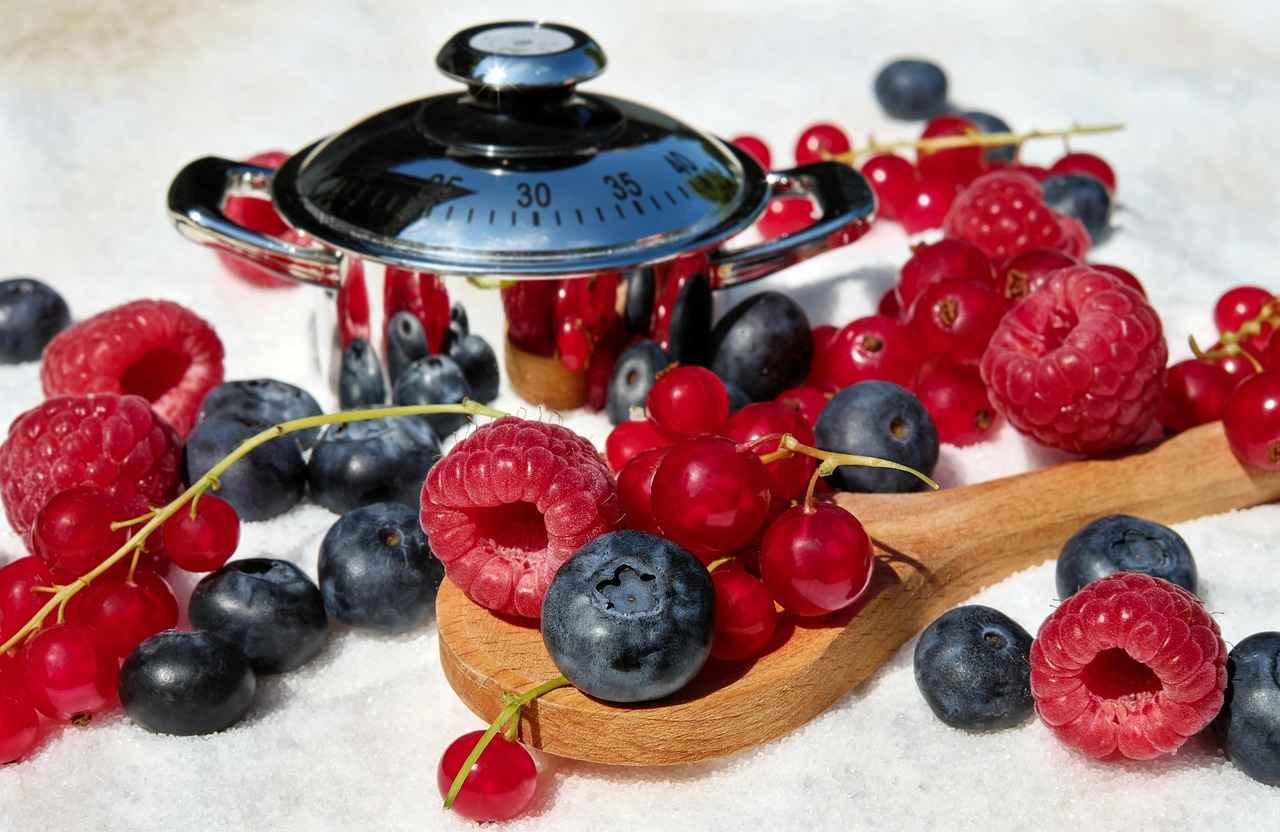
Pairing Kenba with Other Ingredients
Knowing how to pair Kenba effectively can significantly enhance the flavors of your dishes. This ingredient, with its unique taste and texture, can be complemented by a variety of other foods. Understanding these pairings not only elevates your culinary creations but also enriches your overall cooking experience.
Here are some complementary ingredients that work beautifully with Kenba:
- Herbs and Spices: Fresh herbs such as basil, cilantro, and mint can brighten up the flavors of Kenba. Spices like cumin and coriander add warmth and depth, making dishes more aromatic.
- Citrus Fruits: The acidity of lemons and limes can balance Kenba’s richness. A squeeze of citrus juice or a zest sprinkle can transform your dish into a refreshing delight.
- Vegetables: Pairing Kenba with roasted vegetables such as bell peppers, zucchini, and carrots can create a colorful and nutritious plate. The natural sweetness of these vegetables complements Kenba’s flavor profile.
- Proteins: Kenba pairs well with both meat and plant-based proteins. Chicken, fish, and tofu absorb its flavors well, making them excellent companions in various dishes.
- Grains: Serve Kenba alongside grains like quinoa or brown rice. These grains provide a hearty base that enhances the overall texture and flavor of your meal.
When experimenting with these pairings, consider the cooking methods you use. For instance, grilling Kenba with citrus and herbs can infuse it with a smoky, zesty flavor, while sautéing it with vegetables can create a vibrant stir-fry.
Additionally, seasoning plays a crucial role in how well Kenba pairs with other ingredients. A touch of soy sauce or sesame oil can add a savory depth, while a drizzle of olive oil can enhance its natural flavors. Don’t hesitate to experiment with different combinations to discover your personal favorites.
Ultimately, the key to successfully pairing Kenba lies in balancing flavors and textures. By considering the taste profiles of your chosen ingredients, you can create dishes that are not only delicious but also visually appealing. Whether you are preparing a simple meal or an elaborate feast, the right pairings can make all the difference.
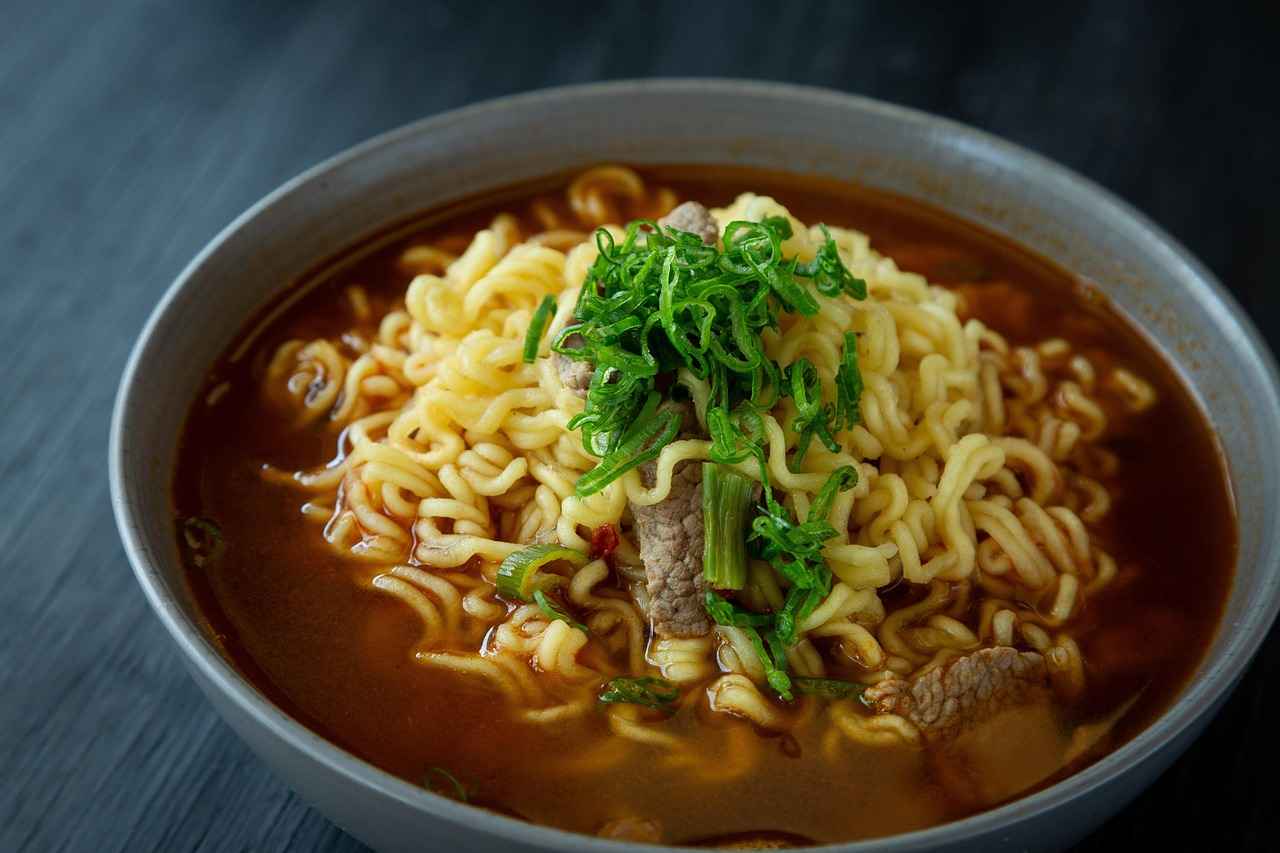
Common Mistakes to Avoid When Cooking with Kenba
Cooking with Kenba can be an exciting culinary adventure, but even seasoned chefs can encounter challenges when experimenting with this unique ingredient. Understanding the common pitfalls can help ensure a successful cooking experience. Below are some frequent mistakes and tips on how to avoid them.
- Not Understanding Kenba’s Flavor Profile: Kenba has a distinct flavor that can be easily overshadowed by stronger ingredients. It’s essential to understand its taste and how it interacts with other flavors.
- Overcooking Kenba: One of the most common mistakes is overcooking Kenba, which can lead to a loss of texture and flavor. Always monitor cooking times closely and consider methods like steaming or sautéing to preserve its qualities.
- Ignoring Preparation Techniques: Proper preparation is key to maximizing Kenba’s potential. Whether it requires soaking, chopping, or marinating, following the right steps is crucial for the best results.
- Using Incompatible Ingredients: Pairing Kenba with ingredients that clash can ruin a dish. Familiarize yourself with complementary flavors to enhance your meals. Ingredients like garlic, ginger, and citrus often work well with Kenba.
- Neglecting Seasoning: Kenba often requires adequate seasoning to shine. Don’t shy away from using herbs, spices, and sauces to elevate its flavor. A well-seasoned dish can make all the difference.
- Failing to Experiment: Sticking to traditional recipes may limit your creativity. Kenba is versatile, so don’t hesitate to experiment with different cooking methods and flavor combinations.
- Not Storing Properly: Improper storage can lead to spoilage and loss of flavor. Ensure that Kenba is stored in a cool, dry place and consumed within its freshness range.
By being aware of these common mistakes, you can enhance your cooking experience with Kenba. Remember, cooking is as much about learning as it is about creating. Embrace the journey, and don’t be afraid to make adjustments as you discover what works best for your palate.
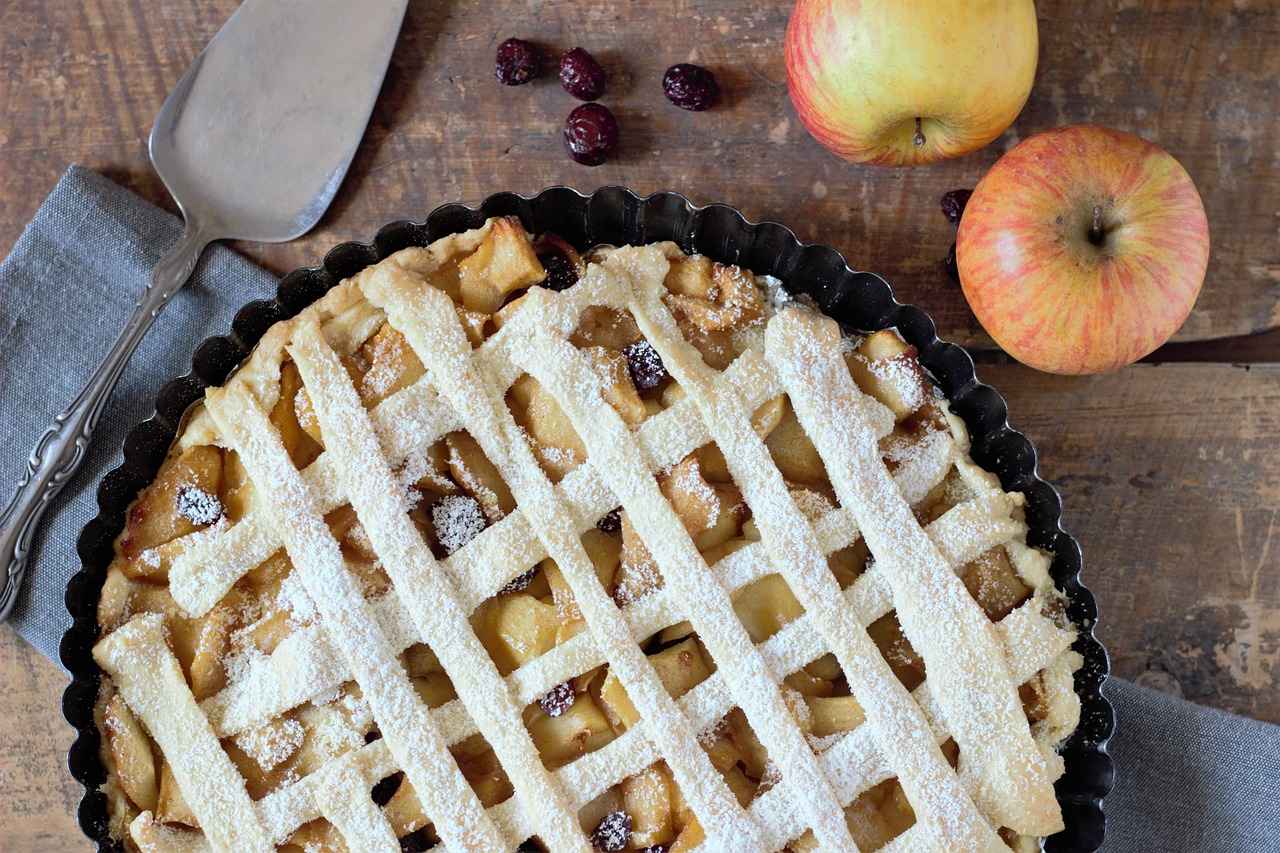
Storing Kenba: Tips for Freshness
Proper storage of Kenba is essential to maintain its freshness and flavor. This unique ingredient, known for its versatility in various cuisines, can lose its quality if not stored correctly. Here, we provide effective tips on how to store Kenba to ensure it remains delicious and ready for your culinary creations.
- Keep it Cool: Store Kenba in a cool, dry place away from direct sunlight. A temperature between 50°F to 70°F (10°C to 21°C) is ideal for maintaining its freshness.
- Airtight Containers: Use airtight containers to prevent moisture and air exposure, which can lead to spoilage. Glass or plastic containers with tight seals are excellent choices.
- Refrigeration: If you live in a particularly humid climate or if your Kenba is cut or prepared, consider refrigerating it. Ensure it is wrapped tightly or placed in a sealed container to avoid absorbing odors from other foods.
- Freezing for Longevity: For long-term storage, Kenba can be frozen. Chop it into desired sizes, place it in freezer bags, and remove as much air as possible before sealing. This method can extend its shelf life significantly.
- Check Expiry Dates: Always check the packaging for expiry dates when purchasing Kenba. Using it before the expiration date will ensure you enjoy its maximum flavor and nutritional benefits.
- Regularly Inspect: Regularly inspect your stored Kenba for any signs of spoilage, such as discoloration, off smells, or mold. Discard any affected pieces immediately to prevent contamination.
By following these simple yet effective storage tips, you can ensure that your Kenba remains fresh and flavorful, ready to elevate your dishes. Proper storage not only enhances the taste but also preserves the nutritional value of this unique ingredient, making it a staple in your kitchen.
Incorporating these storage practices into your routine will help you get the most out of your Kenba, allowing you to experiment with various recipes without worrying about the ingredient’s quality. Whether you’re sautéing, grilling, or using Kenba in salads, proper storage is the first step towards culinary success!

Kenba in Global Cuisines
Kenba is a unique ingredient that has found its way into a variety of culinary traditions across the globe. Its versatility allows it to be seamlessly integrated into different dishes, adapting to local flavors and cooking styles. This section delves into how Kenba is utilized in various cuisines and the innovative ways it can be adapted to suit regional tastes.
- Asian Cuisine: In many Asian countries, Kenba is often incorporated into stir-fries and soups. Its ability to absorb flavors makes it a perfect companion for soy sauce, ginger, and garlic. For example, in Thai cooking, Kenba can be used to complement the bold flavors of lemongrass and chili, creating a harmonious balance in dishes like Pad Thai.
- Middle Eastern Dishes: Kenba is also prevalent in Middle Eastern cuisine, where it is frequently paired with spices such as cumin, coriander, and sumac. It can be found in traditional dishes like tabbouleh or served alongside grilled meats as a flavorful side. The ingredient’s adaptability allows it to take on the essence of the spices used, enhancing the overall dish.
- Latin American Flavors: In Latin American cooking, Kenba can be used in salsas and marinades. The ingredient’s texture complements fresh ingredients like tomatoes, cilantro, and lime, making it a great addition to dishes such as tacos or ceviche. Its ability to absorb marinades also makes it an excellent choice for grilling.
- European Fusion: Kenba has made its mark in European cuisines as well, particularly in fusion dishes. Chefs in Mediterranean regions often incorporate Kenba into risottos or pasta dishes, enhancing the flavors with olive oil, garlic, and fresh herbs. Its unique texture adds an interesting twist to classic recipes.
Kenba’s adaptability is not just limited to being a side ingredient; it can also serve as the main component in various dishes. For instance, in vegetarian and vegan recipes, Kenba provides a hearty base that can be seasoned and paired with an array of vegetables and grains. This makes it a popular choice among health-conscious eaters looking for nutritious options.
Furthermore, Kenba can be prepared in numerous ways, including baking, grilling, or even raw in salads. This versatility allows chefs to experiment and innovate, creating new dishes that reflect local flavors while showcasing the unique properties of Kenba.
As culinary enthusiasts continue to explore the potential of Kenba, its role in global cuisines is likely to expand. Whether it’s through traditional recipes or modern interpretations, Kenba offers a world of possibilities for those looking to enhance their culinary repertoire. By understanding its uses in different cultures, cooks can better appreciate the ingredient and utilize it to create delightful dishes that celebrate global flavors.
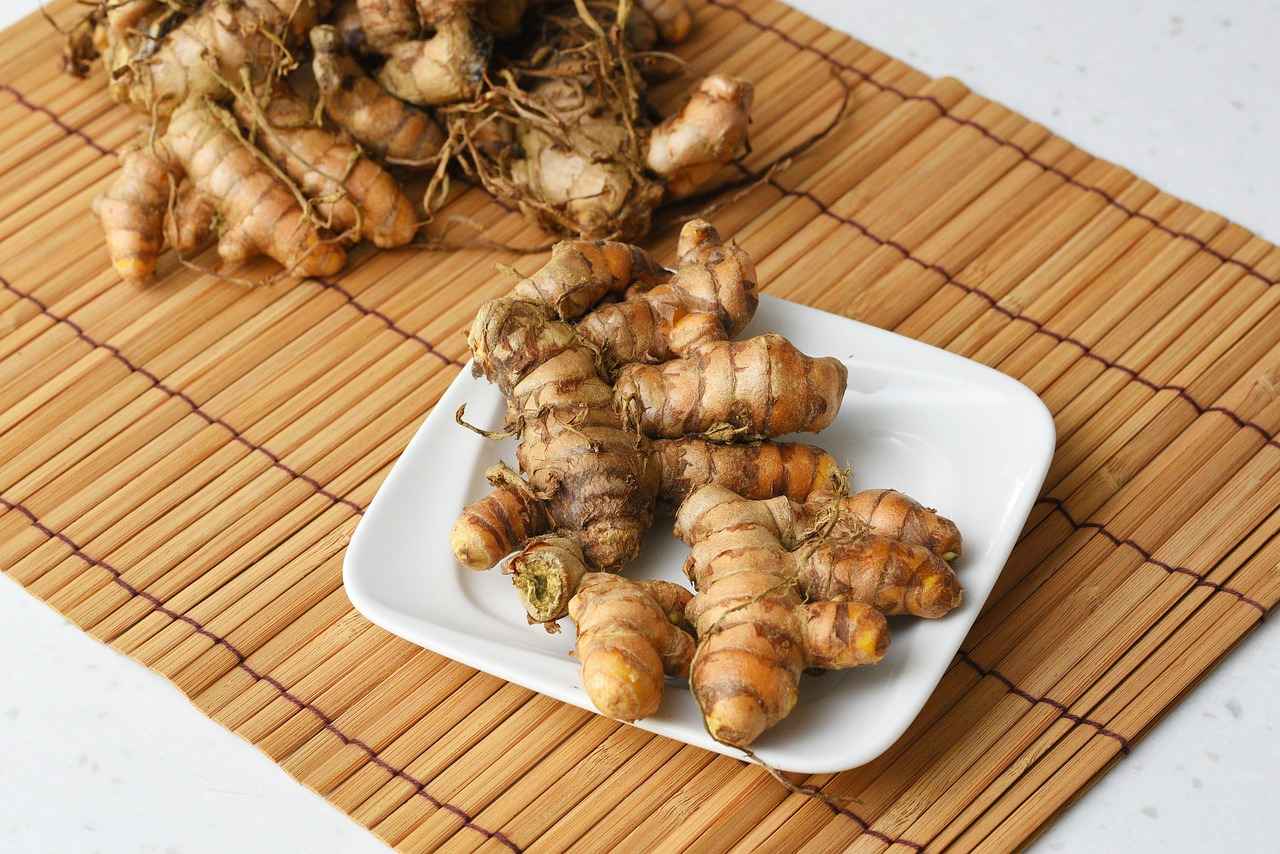
Seasonal Cooking with Kenba
Cooking with seasonal ingredients not only enhances the flavor of your dishes but also promotes sustainability and supports local farmers. Kenba, a unique and versatile ingredient, shines particularly bright when incorporated into seasonal recipes. By using Kenba in harmony with what is fresh and available, you can elevate your culinary creations to new heights.
To begin, it’s essential to understand how the seasons influence the flavor profiles of various ingredients. In the spring, for instance, you might find fresh herbs and greens that pair beautifully with Kenba. Consider making a spring salad that features Kenba, asparagus, and a light vinaigrette. The freshness of the greens complements the subtle earthiness of Kenba, creating a delightful balance.
During the summer months, the abundance of ripe tomatoes, zucchini, and bell peppers provides an excellent opportunity to incorporate Kenba into grilled dishes. A summer vegetable medley with Kenba drizzled with olive oil and herbs can make a refreshing side dish or a satisfying main course. The grilling process caramelizes the natural sugars in the vegetables, enhancing their flavors while allowing Kenba to add depth.
As autumn approaches, root vegetables and squash become plentiful. These ingredients can be roasted alongside Kenba for a hearty and comforting dish. Imagine a roasted root vegetable medley with Kenba, tossed in spices and served warm; this dish not only showcases the rich flavors of the season but also highlights the versatility of Kenba.
In winter, when fresh produce is less abundant, Kenba can be a star ingredient in hearty soups and stews. Pairing Kenba with seasonal winter vegetables such as carrots, potatoes, and kale can create a nourishing meal that warms the soul. The slow cooking process allows the flavors to meld beautifully, making Kenba a perfect addition to any winter dish.
Moreover, when planning your meals, consider the concept of seasonal pairings. Kenba works well with a variety of seasonal ingredients, so experimenting with different combinations can lead to exciting new flavors. For example, in the fall, you might pair Kenba with apples and walnuts for a unique twist on a traditional dish.
To maximize the flavor of your seasonal recipes, it’s crucial to source your ingredients locally whenever possible. This not only ensures freshness but also supports your community and reduces the carbon footprint associated with transporting food. Local farmers’ markets are an excellent place to find the freshest seasonal produce to pair with Kenba.
In conclusion, cooking with seasonal ingredients like Kenba allows you to create dishes that are not only flavorful but also sustainable and healthy. By understanding the seasonal availability of ingredients and experimenting with various combinations, you can transform your cooking experience and delight your taste buds.

Exploring Vegetarian and Vegan Options with Kenba
Kenba is emerging as a **superstar ingredient** in the world of plant-based cooking. This unique ingredient not only adds flavor but also offers a plethora of health benefits, making it an excellent choice for both **vegetarians** and **vegans**. In this section, we will delve into creative ways to incorporate Kenba into your meals, ensuring that you can enjoy its deliciousness while maintaining a plant-based diet.
- Kenba in Salads: One of the simplest ways to enjoy Kenba is by adding it to salads. Its unique texture can provide a delightful crunch. Combine Kenba with leafy greens, cherry tomatoes, and a zesty lemon vinaigrette for a refreshing dish.
- Kenba Stir-Fry: Stir-frying is a quick and effective method to prepare Kenba. Pair it with colorful vegetables such as bell peppers, broccoli, and snap peas. Season with soy sauce or teriyaki for an Asian-inspired meal.
- Kenba in Soups: Incorporating Kenba into soups can elevate the flavor profile. Consider adding it to a hearty vegetable soup or a spicy chili for a satisfying meal that warms the soul.
- Kenba Wraps: Create a delicious wrap by filling a whole grain tortilla with Kenba, avocado, lettuce, and your choice of hummus. This portable meal is perfect for lunch on the go.
- Kenba Burgers: For a protein-packed option, try making Kenba burgers. Combine Kenba with beans, spices, and breadcrumbs, then grill or bake for a healthy alternative to traditional meat burgers.
Flavor Pairings with KenbaUnderstanding what flavors pair well with Kenba can enhance your dishes significantly. Here are some complementary ingredients to consider:
| Flavor Profile | Suggested Pairings |
|---|---|
| Herbs and Spices | Basil, cilantro, cumin, and smoked paprika |
| Vegetables | Carrots, zucchini, and spinach |
| Grains | Quinoa, brown rice, and barley |
| Dressings and Sauces | Vinaigrettes, tahini sauce, and salsa |
Experimenting with KenbaThe beauty of cooking with Kenba lies in its versatility. Don’t hesitate to experiment with different cooking methods, such as roasting or grilling, to discover new flavor dimensions. Incorporating Kenba into your meal prep can also simplify your weeknight dinners, allowing you to enjoy healthy, satisfying meals without spending hours in the kitchen.
Incorporating Kenba into your vegetarian or vegan meals not only adds a unique twist but also contributes to a balanced diet. With its adaptability and potential to enhance various dishes, Kenba is truly a remarkable ingredient for those seeking to explore plant-based cooking. So, gather your ingredients and start experimenting with Kenba today!
Frequently Asked Questions
- What is Kenba and why should I use it?
Kenba is a unique ingredient that adds flavor and versatility to your dishes. It’s packed with nutrients and can enhance both the taste and health benefits of your meals. If you’re looking to spice things up in the kitchen, Kenba is definitely worth a try!
- How do I prepare Kenba for cooking?
Preparing Kenba is simple! Start by washing it thoroughly to remove any dirt. Depending on your recipe, you might need to chop, slice, or even marinate it. Proper preparation is key to unlocking its full flavor potential!
- What are some popular cooking methods for Kenba?
Kenba can be cooked in various ways, like steaming, sautéing, or grilling. Each method brings out different flavors and textures, so feel free to experiment and find your favorite way to enjoy it!
- Can Kenba be used in vegetarian and vegan dishes?
Absolutely! Kenba is a fantastic ingredient for vegetarian and vegan recipes. It adds depth and flavor to plant-based meals, making it a great choice for anyone looking to eat healthier!
- How should I store Kenba to keep it fresh?
To maintain the freshness of Kenba, store it in a cool, dry place. If you’ve cut it, make sure to wrap it tightly in plastic wrap or place it in an airtight container to prevent it from drying out.


